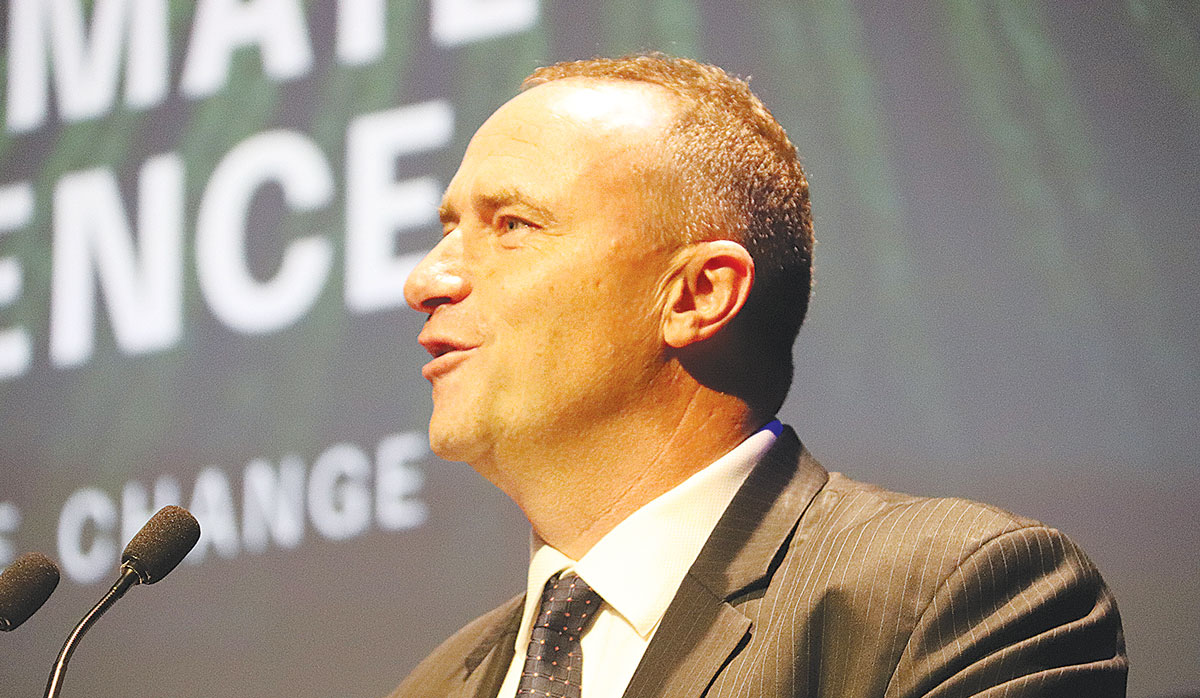Early drought fears ease in Hawke’s Bay, but caution remains
Fears of a serious early drought in Hawke’s Bay have been allayed – for the moment at least.
Nationwide agricultural consultancy firm AgFirst has taken the initiative early on to have plans in place and tools available to help farmers prepare for drought.
Chief executive James Allen says forewarned is forearmed and he and his staff have been discussing ways to plan for what might happen. He says they are preparing regional models because they know that one solution will not fit all farmers.
Allan says for some, growing crops will be an option but for others collecting grass silage is the answer.
"Different farms have different systems, the climates are different and there are huge numbers of variables on farms even within the same region," he explains.
"We realise that having just come through some terrible rain events, probably the last thing that farmers want to do is think about drought, but the science is telling us to be prepared."
Allen says ideally every farmer should have a feed plan or FARMAX plan, so they know exactly what their feed situation is - to help the decision-making process.
He adds that AgFirst is working with the other primary sector organisations to get a flow of clear and consistent messages out to farmers to avoid confusion and duplication of effort.
A key player in the drought situation is MPI with its links to government when help is needed.
John Roche heads up MPI's On Farm Support team, which has staff in most regions around the country.
 |
|---|
|
John Roche, MPI On Farm Support |
Roche has been in contact with all the other groups involved - including NIWA, B+LNZ, DairyNZ and AgFirst - to make sure they don't duplicate the efforts of these organisations. He says his staff are also reaching out to farmers to assess their needs.
Roche says On Farm Support will play a 'coordinating' role to help ensure there is consistent messaging to farmers. MPI has already worked closely with NIWA and is updating its resource information that will be available to farmers.
"In the past, we have stepped in and advised farmers when they are in the middle of a drought, this time round we want to proactively manage the situation before it gets dry," he says.
Roche adds that MPI will be closely monitoring the situation as it evolves and will put extra staff into regions which need the most help.
Legal controls on the movement of fruits and vegetables are now in place in Auckland’s Mt Roskill suburb, says Biosecurity New Zealand Commissioner North Mike Inglis.
Arable growers worried that some weeds in their crops may have developed herbicide resistance can now get the suspected plants tested for free.
Fruit growers and exporters are worried following the discovery of a male Queensland fruit fly in Auckland this week.
Dairy prices have jumped in the overnight Global Dairy Trade (GDT) auction, breaking a five-month negative streak.
Alliance Group chief executive Willie Wiese is leaving the company after three years in the role.
A booklet produced in 2025 by the Rotoiti 15 trust, Department of Conservation and Scion – now part of the Bioeconomy Science Institute – aims to help people identify insect pests and diseases.

OPINION: The release of the Natural Environment Bill and Planning Bill to replace the Resource Management Act is a red-letter day…
OPINION: Federated Farmers has launched a new campaign, swapping ‘The Twelve Days of Christmas’ for ‘The Twelve Pests of Christmas’ to…